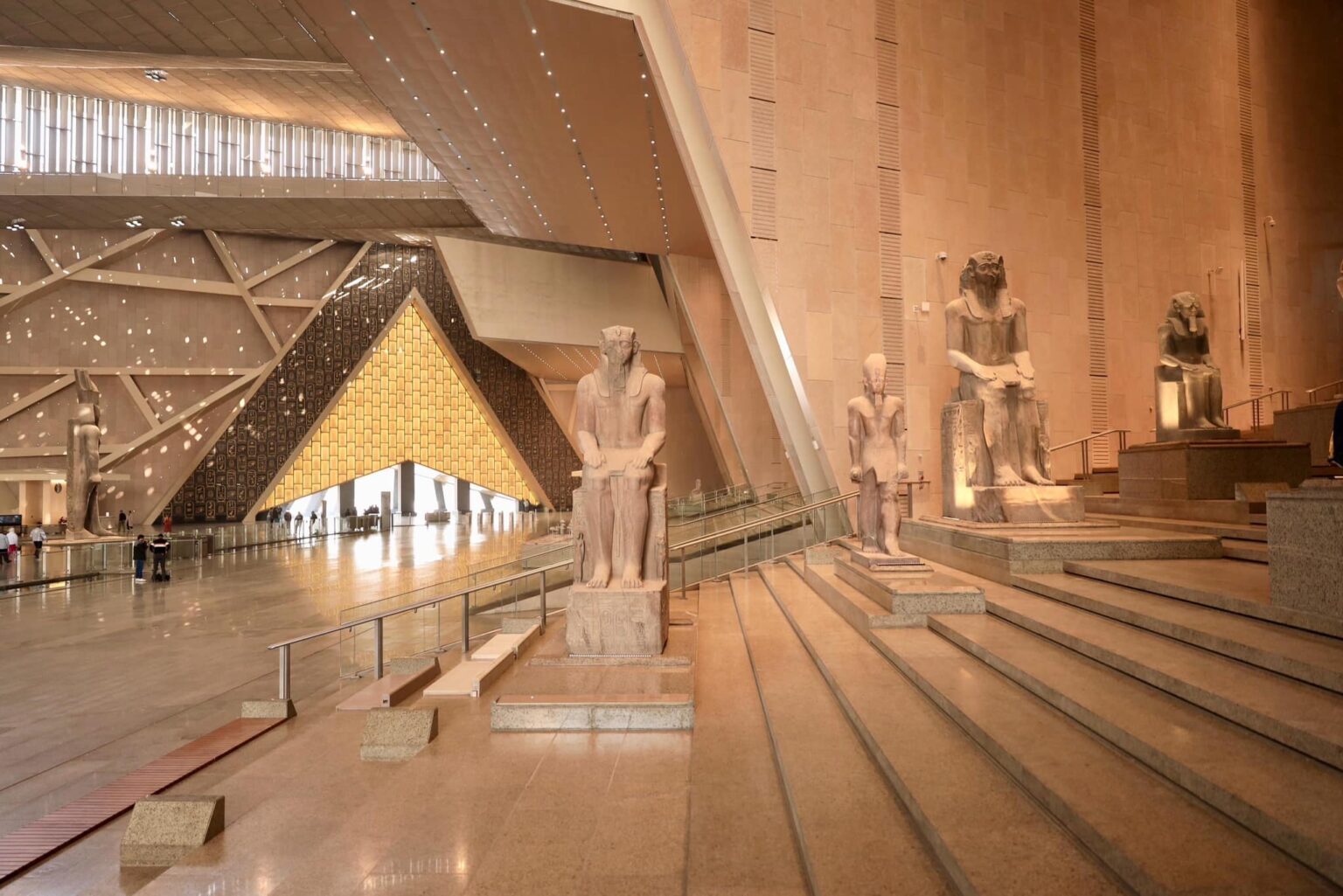At a Glance
- Egypt to open world’s largest archaeological museum near Giza Pyramids in November.
- Grand Egyptian Museum to boost tourism, showcase King Tutankhamun’s full treasure collection.
- Cairo targets 18 million tourists by 2025 amid major tourism infrastructure expansion
Cairo Unveils Grand Egyptian Museum to Reignite Tourism Sector Egypt is poised to redefine global cultural tourism with the long-awaited opening of the Grand Egyptian Museum (GEM) on November 1, 2025.
The announcement, made by Prime Minister Mostafa Madbouly, comes as the country accelerates efforts to solidify its position as a top global travel destination.
Situated beside the iconic Giza Pyramids, the $1 billion megaproject is billed as the world’s largest archaeological museum, designed to showcase Egypt’s ancient heritage at an unprecedented scale.
The opening is expected to catalyze growth across Egypt’s tourism and hospitality sectors—key engines for the country’s economic recovery.
Tutankhamun’s full collection headlines world-class facility
At 490,000 square meters, the GEM will house over 100,000 ancient artifacts, including the complete collection of King Tutankhamun’s treasures—on display together for the first time since their discovery in 1922.
Anchored by the 3,200-year-old colossus of Ramses II, the museum aims to become a cultural landmark rivaling institutions like the Louvre and the British Museum.
Built by Heneghan Peng Architects, the facility will offer interactive exhibits, advanced conservation labs, and panoramic views of the Giza Plateau.
Officials say the museum will fuse cutting-edge design with Egypt’s vast antiquities to attract scholars, tourists, and dignitaries from around the world.
Strategic tourism targets: 18 million visitors by 2025
The museum’s opening supports Egypt’s broader goal to welcome 18 million international tourists by the end of 2025.
According to the World Travel & Tourism Council (WTTC), the sector is projected to contribute EGP 1.5 trillion ($30.9 billion) to the country’s GDP this year, up from EGP 1.4 trillion ($28.8 billion) in 2024.
To meet rising demand, Egypt plans to add 40,000 hotel rooms in 2025, expanding its tourism infrastructure.
The GEM is also central to a wider sustainable tourism strategy that promotes lesser-known destinations like the Siwa Oasis and Red Sea eco-resorts, catering to adventure seekers and culturally curious travelers alike.
Global spotlight: Diplomatic and economic leverage
The November opening is set to be a global media event, with a high-profile guest list featuring international leaders, dignitaries, and cultural icons.
Egypt sees the GEM as more than a tourist attraction—it’s a soft power asset to strengthen diplomatic ties, enhance global cultural exchange, and present a modernized image to the world.
In parallel, Egypt is investing in airport expansions, transport upgrades, and smart cities to support tourism-led economic growth.
By 2032, Egypt aims to more than double its current visitor numbers to 30 million annually, solidifying its position as a premier global tourism hub.
Outlook: Egypt positions itself as cultural powerhouse
With the Grand Egyptian Museum at the heart of its rebranding efforts, Egypt is repositioning itself as a year-round destination for cultural heritage tourism.
From pharaonic treasures to modern luxury, the country is blending ancient wonder with contemporary experience.
As Egypt prepares for the grand opening, momentum is building. The GEM is not just a museum—it’s a symbol of national revival and a bold step toward unlocking Egypt’s untapped tourism potential.















